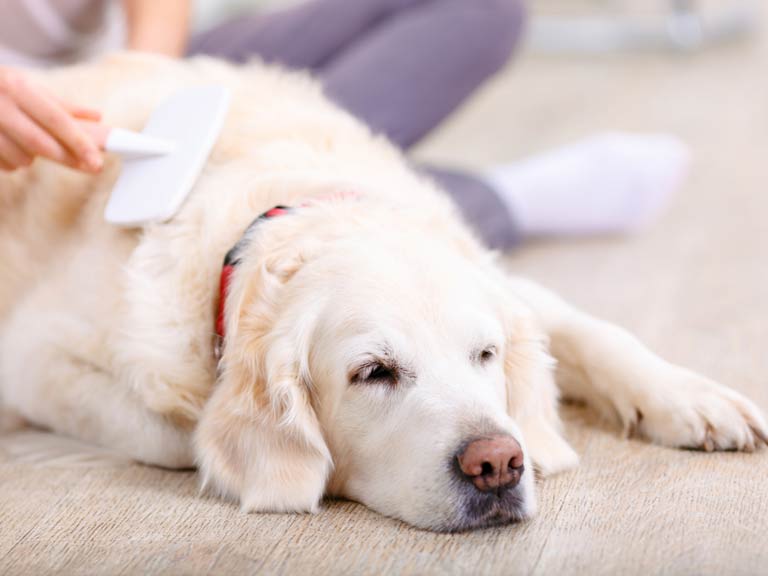
Image source: http://www.forestpackagingsh.com/attachment/view/481826.jpg
Types of Cartonboard
Solid Bleached Board
Solid Bleached Board (SBB) is made exclusively from bleached chemical pulp. It usually has a white pigment coated top surface, comprising two or three layers and some grades are also coated on the reverse side. SBB has excellent printing, structural design and embossing characteristics making it particularly suitable for luxury products and for contents where preservation of product aroma, flavour and hygiene are critical. Examples of carton manufacturings where SBB is often used include perfumes, cosmetics, chocolates, pharmaceuticals, cigarettes and frozen food packaging. The product is also referred to as SBS or GZ.
Solid Unbleached Board
Solid Unbleached Board (SUB) is typically made entirely from unbleached chemical pulp and is brown in colour. It is also referred to as SUS or UZ. For many carton applications the printing surface of this product has either a white pigment coating or a bleached chemical pulp top layer plus coating.
Folding Box Board
Folding Box Board (FBB) comprises middle layers of mechanical pulp sandwiched between layers of bleached chemical pulp. The top layer, or, liner, is usually white pigment coated in two or three layers. The reverse side is typically cream or manilla in appearance as the back layer of chemical pulp is translucent allowing the colour of the middle layers to show through. Where the reverse side or back layer of chemical pulp is thicker and/or white pigment coated, so that the appearance of both sides is white, the FBB is described as a White Black Folding Box Board or GC1.
FBB can be plastic extrusion coated, laminated with other materials, and given other treatments to enhance its appearance and functional properties. A wide range of applications for this product include cosmetics, chocolate, sugar confectionary, medical, healthcare, toiletries, dry foods, chilled foods, coffee, tea, biscuits, baked goods, clothing, toys, games, photographic products and frozen food packaging.
White Lined Chipboard
White Lined Chipboard (WLC), also known as GD, has middle layers of recycled pulp made from mixed recovered papers or carton manufacturing waste. The top layer comprises either pulp made from selected recovered paper or bleached chemical pulp, with selected recovered paper also used for the back layer. The overall content of recycled pulp varies from about 80% to 100%. The top surface will, typically have two or three layers of white pigment coating and it is now usual for most WLC to have a layer of white pigment coating on the reverse side and this is known as GT. WLC can be made with a white, grey or, sometimes brown reverse side. Plastic extrusion coatings, paper and aluminium foil laminations, and other functional coatings may be added.
WLC is used in a wide range of applications which includes cereals, dry foods, frozen and chilled foods, detergent powders, confectionary outers, toiletries, household goods, electrical, engineering products, car spares, DIY, gardening, toys and games. Special treatments are available to provide fat resistance and other barrier properties for uses in fast food, pet food and soap packaging.
What other boards are used for cartons?
A small number of cartons are made with 100% recycled unlined chipboard. This has a grey appearance on both sides. Cartons can also be manufactured using microflute corrugated board. This is often used to provide additional protection for fragile products such as glass, porcelain, and sensitive electronic and electrical goods, whilst at the same time providing a high standard of print and varnish appearance.
What developments have there been recently in carton manufacturing?
Investment continues in computer controlled processing and on-machine quality monitoring, both of which have lead to productivity improvements and even more consistent quality. New forming and press section techniques have resulted in improved strength characteristics with the possibility of grammage reduction and less packaging overall.
The industry has eliminated the use of pulp bleached with chlorine gas. This has resulted in reducing the environmental impact of bleaching in lakes, rivers and estuaries in the vicinity of pulp mills.
There have been developments in surface coating methods, coating formulations and board machine processing, using techniques such as surface glazing and brushing, which have increased smoothness, whiteness and sheet stability. This has improved visual appearance and printing capability.
Visit Benson Group for more articles relating to
